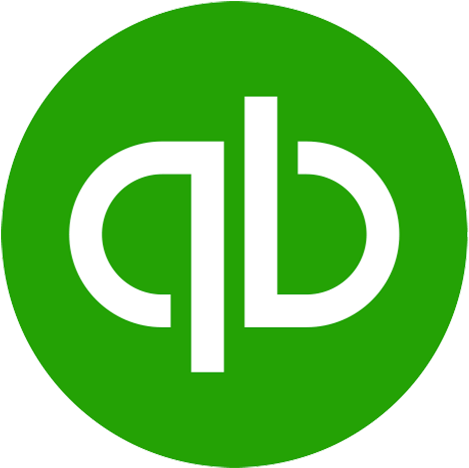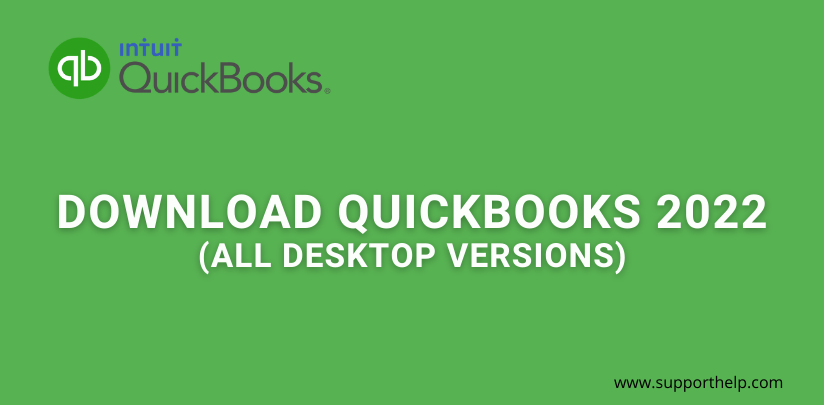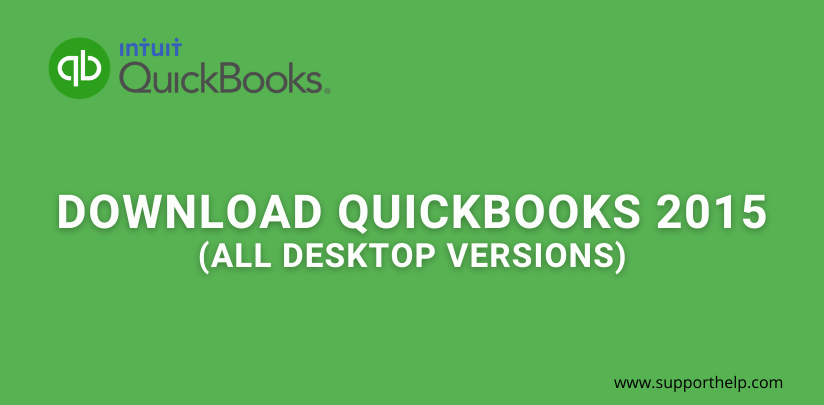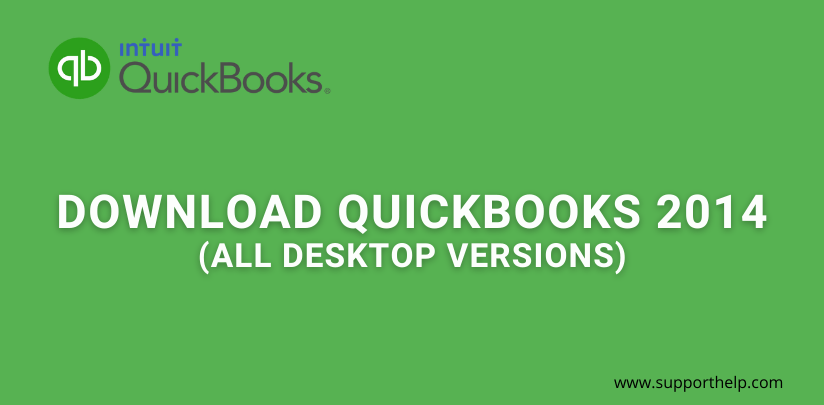How to Search Invoices In Quickbooks
How to Search Invoices In Quickbooks
The great news with modern-day businesses is that they have made business accounting easier. Instead of manually inputting items into Excel files and ledgers, they now turn to Quickbooks to make their lives easier. With this software by your side, you can access such features as invoicing, pricing, tracking payroll, and other accounting-related processes.
It's challenging for businesses with a massive client base to track their invoices. This explains why manual accounting is not the right way to go for them. On the other hand, they can benefit from a centralized, electronic way of doing all the financial documentation. With QuickBooks, they can store every invoice electronically. They can also keep their invoices in a single program and only access them when needed. This is done by using the search invoices in QuickBooks feature.
Is QuickBooks worth it?
With a wide range of software features and relevant functionalities ideal for online marketing and medium and small-sized ventures, this software is an inexpensive choice for your organization.
Since this software is less expensive than its competitors, it is ideal for start-ups, small businesses, and medium-sized ones. One advantage of the software is the flexibility of the payment options. You can just choose to sign-up every month or year, making it ideal for businesses to choose which one works best for them. The system is also available all across the organization, from one to five users, plus the company accountant.
In the case of managers, they can get the most out of the software by using it to search invoices in QuickBooks, check and manage their sales and accounts receivables. It can also be integrated with the company website or other collaboration tools to streamline the entire operation. The good about this business solution is it makes the workflow faster and more seamless, keeping all accounting, auditing, and sales tools in one accessible location. Should you have problems with the tool, the software creators also give continuous and unlimited assistance that is free of charge.
How significant is the invoice number?
An invoice with a corresponding invoice number is generated when a customer orders and the said order has been finalized. This number becomes the identifier of the document and transaction inputted into the system. It helps the users look up the corresponding invoice on the computer every time a customer has invoice-related questions. To make your life easy, it's best to structure your invoice numbers according to your specific requirements.
Accounting software like QuickBooks utilizes sequential invoice numbering. Others go for the chronological order. In the latter ordering option, you identify the invoice by simply looking at the numbers on the document. You can assign your own invoice number. Some companies incorporate the customer's initials into their invoices for easy retrieval. Others opt to use the project number.
So, How do you search invoices in QuickBooks with the use of invoice numbers?
With QuickBooks, you can always delegate an invoice ID to every customer. This is because there are plenty of invoice types, and each of them could bear the same number. It would be easier if they had a designated invoice ID, then it wouldn't matter if the numbers proceeding the ID repeat. Searching the software for the invoice number is easy. Here's a step-by-step guide to do it.
Step 1: Open the software and click the invoice search button.
After you launch the software, go to the transactions tab and look for the invoice search button. You can also press the F7 key to launch the said search button automatically.
Step 2: Access other windows.
To do this, you can simply right-click the search window. You'll see creditors' and debtors' account transactions, updating or reversals of reference fields. You can update and change these items directly from the transactions tab.
Step 3: Search using simple find.
To do this, you have to click - and choose edit and find. After that, choose the simple' tab. Once done, click transaction type and select invoice.' Fill in the search fields with the information you're searching for and click find.
Step 4: Choose the invoice you need.
After step 3 has been successfully executed, you will be directed to a page where you'll see all the invoices inputted in the system. Hover your mouse to the proper invoice and double-click to open.
How to search invoices using the advance find
Here's how to use the advanced find search feature.
Step 1: Open the software and click the invoice search button.
After you launch the software, go to the transactions tab and look for the invoice search button. You can also press the F7 key to launch the said search button automatically.
Step 2: Access other windows.
To do this, you can simply right-click the search window. You'll see creditors' and debtors' account transactions, updating or reversals of reference fields. You can update and change these items directly from the transactions tab.
Step 3: Search using advance find.
To do this, you have to click - and choose edit and find. After that, choose the 'advanced' tab. Once done, choose a filter from the drop-down menu. Fill in the search fields with the information you're searching for and click find.
Step 4: Choose the invoice you need.
After step 3 has been successfully executed, you will be directed to a page where you'll see all the invoices inputted in the system. Hover your mouse to the proper invoice and double-click to open.
You can also locate invoices manually by clicking the 'center' icon found at the topmost part of the window corresponding to the invoice type you're looking for -- employee, vendor, or customer.
Verdict from users
There has been various feedback coming from various users explaining the different business scenarios. QuickBooks has proved to be helpful. These are a few of the product feedbacks:
Feedback No. 1: QuickBooks saved them from the hassle of having to use more than one program.
QuickBooks allows integration and collaboration with native apps and third-party applications. Being an overall accounting and collaboration tool, QuickBooks allows the flawless and seamless streamlining of such workflows as measuring the efficacy of accounting, sales, and marketing efforts, monitoring of tasks, testing, creating campaigns, strategizing, and planning of various channel campaigns. All of these tasks lead to a more streamlined financial planning process and conversion of business leads. You can integrate your accounting efforts with other platforms like social media, email, landing pages, and SEO. The software carries an open API that allows all these functions to come together and be accessible from one location.
Feedback No. 2: Full control over pricing and product branding
The problem encountered by most agencies in managing their automated accounting software is the limited subscription option. Agencies and users can choose who and how many can access the app. The pricing plan of the app is dependent on the number of users. Thus, giving them more liberty, control, and supervision over their operational expenses.
Feedback No. 3: Less expensive option compared to other Accounting automation suites.
QuickBooks does not aim to trap users and subscribers with yearly subscription software, thus, making them an ideal choice for startups, small-sized, and medium-sized businesses. The subscribers can opt for a monthly or annual subscription. They can also cancel their subscription anytime, making it a risk-free option for powerful accounting automation software.
Pricing
These are the various pricing plans offered by the creators of QuickBooks:
- Free Trial Version
Apart from its free trial version, there are five other pricing plans available for QuickBooks users. These software pricing plans are all charged on a month-to-month basis.
Simple Start: This is best for self-employed individuals
- Price: US$4.80/month (from USS$16 per month)
- Features:
- 30-day free trial
- Track expenses and income
- Send customized quotes and invoices
- Connect with your bank
- Track your taxes
- Allowed use up to two users (one employee and one accountant)
Essentials: If you have a growing business, this is for you.
- Price: US$7.50/month (from US$25 per month)
- Features:
- 30-day free trial
- Track expenses and income
- Send customized quotes and invoices
- Connect with your bank
- Track your taxes
- Generate reports and insights
- Manage office employees
- Manage different currencies
- Allowed use up to four users (Inclusive of company accountant)
Plus: This is best for established businesses.
- Price: US$10.20/month (from US$34 per month)
- Features:
- 30-day free trial
- Track expenses and income
- Send customized quotes and invoices
- Connect with your bank
- Track your taxes
- Generate reports and insights
- Manage office employees
- Manage different currencies
- Repetitive transactions
- Track company inventories
- Track locations and projects
- Manage company projects
- Allowed use up to six users (Inclusive of company accountant)
Key takeaway
Technology is meant to make lives easy and processes more seamless. Instead of exerting much effort to show that everyone's working hard, technology makes working smart possible. This is exactly what QuickBooks aims to achieve in the companies where it is being utilized. Instead of going through the hassle of pulling and retrieving accounts and invoices the old and traditional way, QuickBooks automate the process and make it possible with just a few clicks
Revisit a section
- How to Search Invoices In Quickbooks
- Is QuickBooks worth it?
- How significant is the invoice number?
- So, how do you search invoices in QuickBooks with the use of invoice numbers?
- How to search invoices using the advance find
- Verdict from users
- Pricing
- Simple Start: This is best for self-employed individuals
- Essentials: If you have a growing business, this is for you.
- Plus: This is best for established businesses.
- Key takeaway
Related Articles
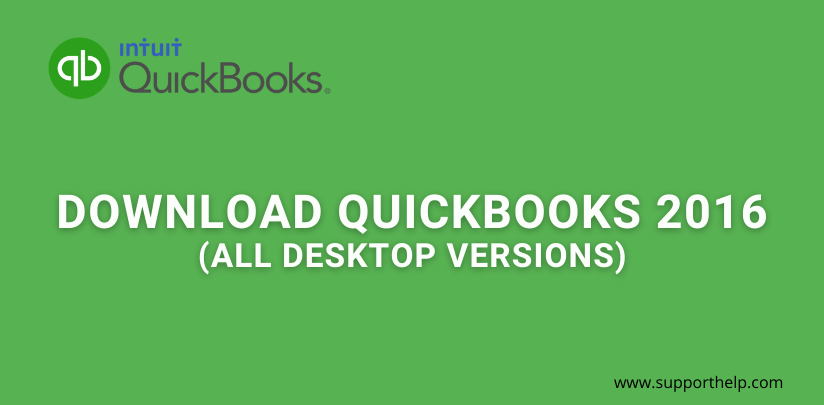
Copyright © SupportHelp. All Rights Reserved. Disclaimer | powered by Adbuz Digital Marketing Agency


